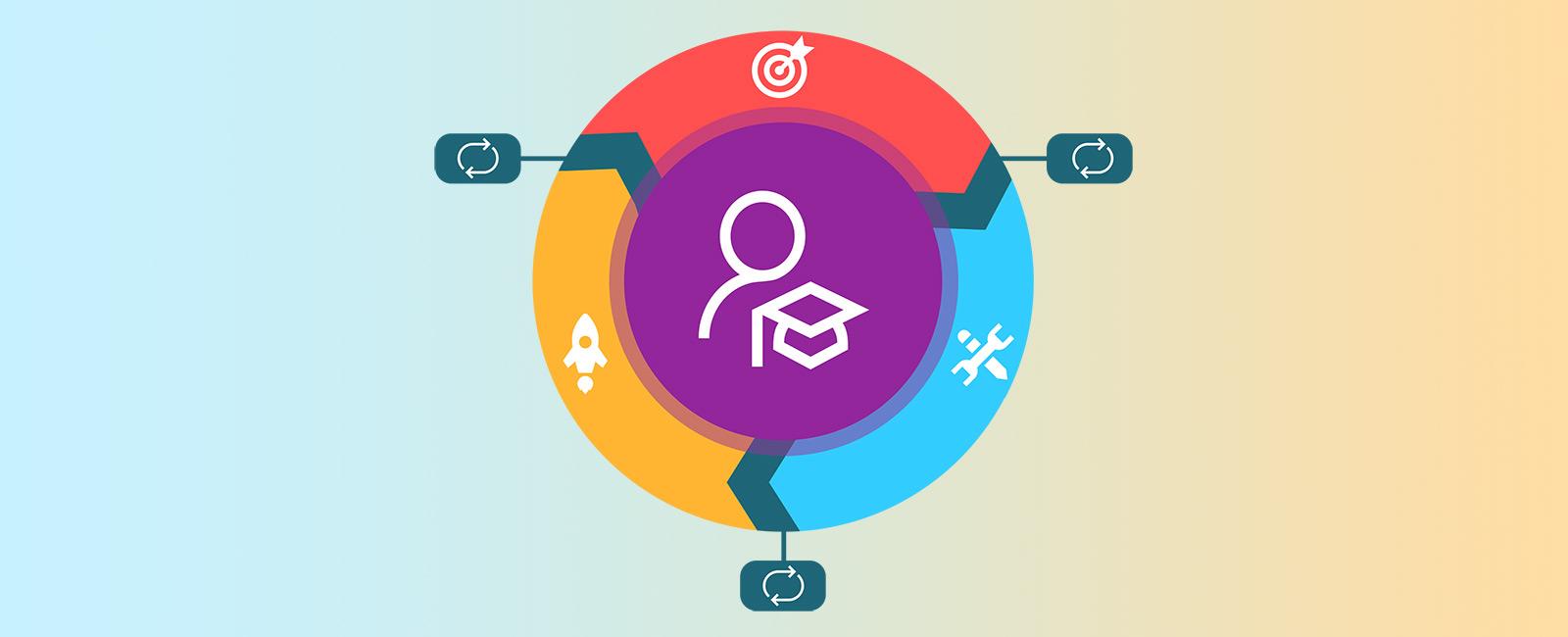Blended learning Designer: Key Skills and Strategies for Modern Education Success
The evolution of educational technology has transformed classrooms, faculty progress, and student experiences at universities, colleges, and K-12 schools. In this dynamic landscape, the role of a Blended Learning Designer is increasingly vital. If you are a job seeker aiming for a rewarding career in education technology, understanding the skills, responsibilities, and strategies required for this position can set you apart in the competitive EdTech job market.
What Is a Blended Learning Designer?
A blended learning designer is an EdTech professional focused on creating, implementing, and refining instructional experiences that combine online digital media with conventional classroom methods. These experts collaborate with faculty, administrators, and students to foster engaging, flexible, and effective learning environments that meet today’s educational demands.
Why Blended learning is Crucial for Modern Education
Blended learning allows educational institutions to deliver personalized learning, accommodate diverse learners, and optimize both face-to-face and online instruction. By integrating technology into lesson plans, schools and universities can:
- Increase student engagement and motivation
- Support differentiated instruction
- Enhance accessibility and inclusivity
- Facilitate data-driven decision-making
- Streamline assessment and feedback processes
Key Responsibilities of a Blended Learning designer
Blended learning designers take on multiple roles to support the educational community. Typical responsibilities include:
- Analyzing curriculum requirements and learning objectives
- Designing and developing blended courses using effective instructional design frameworks
- Integrating technology tools, learning management systems (LMS), and multimedia resources
- Collaborating with subject matter experts and faculty on best practices for blended instruction
- Facilitating training sessions for educators on using EdTech tools and blended learning strategies
- Conducting needs assessments and evaluating learning outcomes
- Iterating and improving blended learning modules based on student performance data and feedback
Essential Skills for Success as a Blended Learning Designer
To thrive as a blended learning designer in universities, colleges, or schools, you must develop a unique blend of technical expertise, pedagogical knowledge, and interpersonal skills. Here are the key competencies employers seek:
1. Instructional Design Skills
- Knowledge of instructional models such as ADDIE, SAM, or Backward Design
- Experience creating storyboards, lesson plans, and diverse assessments
- Ability to align learning objectives with digital and in-person activities
2. Educational Technology Proficiency
- Familiarity with LMS platforms (e.g., Canvas, Moodle, Blackboard)
- Comfort with authoring tools (e.g., Articulate Storyline, Captivate, H5P)
- Utilization of collaboration and communication tools such as Zoom, Teams, or Google Workspace for Education
3. Analysis and Assessment
- Data literacy to interpret learning analytics and assessment results
- ability to gather, synthesize, and act on learner feedback
4. Soft Skills and Collaboration
- Strong communication and presentation abilities
- Proficiency in project management and time management
- Ability to empathize with diverse learners and educators
- Creative problem-solving and adaptability in a fast-changing environment
Strategies for Excelling as a Blended Learning Designer
Whether you are new to education technology or looking to advance your career, applying proven strategies will help you succeed as a blended learning designer:
- Stay Current: Regularly attend workshops, webinars, and conferences related to instructional design and EdTech.
- Build Your Portfolio: Showcase your instructional design projects, sample lesson plans, and case studies on an online portfolio or personal website.
- Network with Peers: Connect with other learning designers, instructional technologists, and educators both virtually and in person to share knowledge and best practices.
- Solicit Feedback: Seek constructive feedback from faculty,students,and administrators to constantly improve your blended learning designs.
- Embrace Worldwide Design: Apply principles of universal design for learning (UDL) to ensure accessibility and inclusivity.
- Integrate Emerging Technologies: Experiment with AI tools, AR/VR, gamification, and adaptive learning technologies to enhance the learner experience.
Benefits of becoming a Blended Learning Designer
Pursuing a career as a blended learning designer offers a range of benefits for education technology professionals:
- High Demand: As more institutions invest in digital change, skilled blended learning designers are increasingly sought after.
- Impactful Work: Your efforts directly improve teaching practices and student learning outcomes.
- Upward Mobility: Career advancement into roles such as instructional design manager, digital learning strategist, or director of educational technology is common.
- Continuous Learning: The field offers ongoing opportunities to learn about new technologies and pedagogical approaches.
- Flexible and Hybrid Opportunities: Many blended learning designer roles offer remote, hybrid, or flexible work arrangements.
Practical tips for Job Seekers in Education Technology
Breaking into the field of blended learning design requires not only technical skills but also strategic career planning. Consider these practical job search tips:
- Earn Relevant Credentials: Obtain certifications such as Certified Professional in Learning and Performance (CPLP), Google Certified Educator, or acquire degrees in instructional design or educational technology.
- Tailor Your Resume: Emphasize experience with blended course design, EdTech tools, and measurable results.
- Prepare for Interviews: Be ready to discuss case studies, learning analytics, and how you evaluate the effectiveness of your courses.
- Demonstrate Your Process: Showcase your workflow for collaborating with stakeholders and developing resources that align with institutional goals.
- Highlight Soft Skills: cultural competency, adaptability, and collaboration are highly valued in educational settings.
- Stay Connected: Join professional organizations and online forums such as EDUCAUSE, ISTE, or instructional design user groups.
conclusion: shaping the Future of Learning
The role of a blended learning designer stands at the intersection of technology,pedagogy,and innovation. By mastering key skills and embracing effective strategies, you can make a meaningful impact in universities, colleges, and schools while nurturing your own professional growth in the booming field of educational technology. With the right readiness and a passion for student success, you can definately help shape the future of modern education—one blended classroom at a time.

